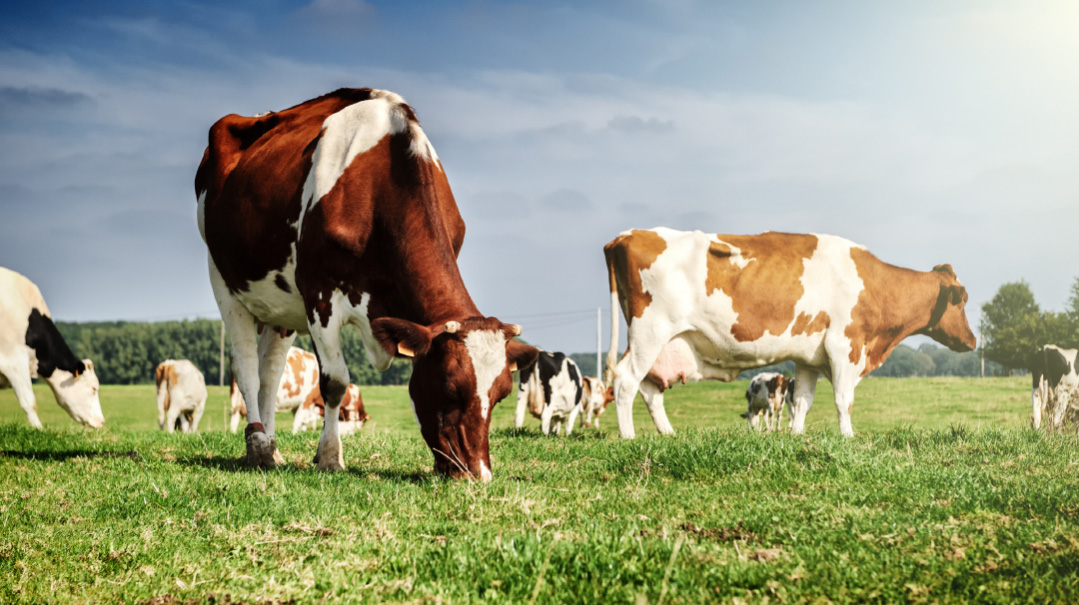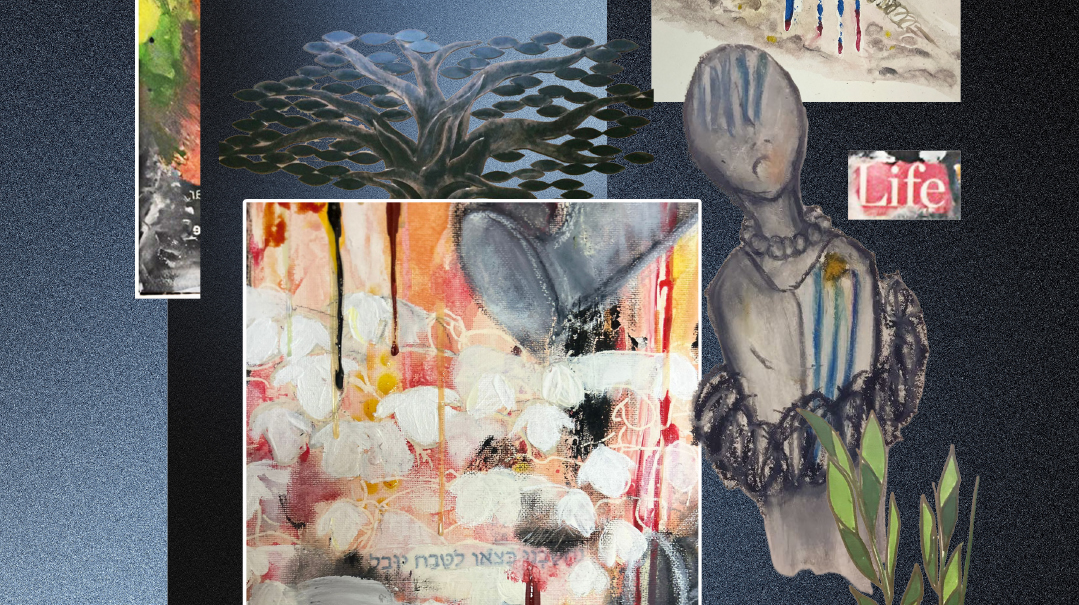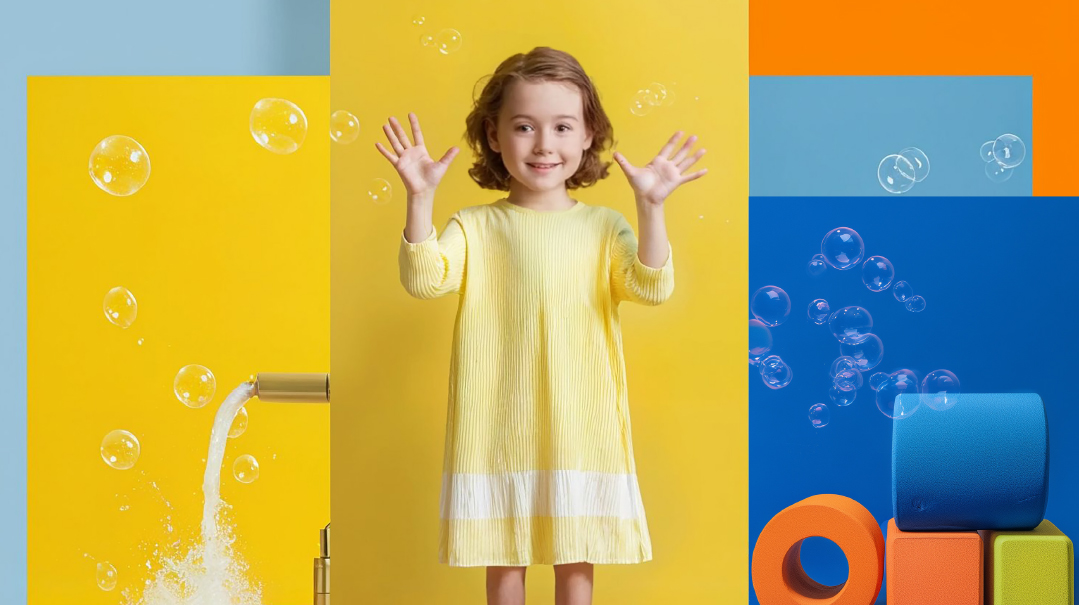Meet… Shani Ginsburg
| February 13, 2024Kollel wife, teacher, and creator of CattleQuants — an AI-based business counting animals on ranches around the world

Meet 35-year-old Shani Ginsburg. Kollel wife, teacher, and creator of CattleQuants — an AI-based business counting animals on ranches around the world.
AS far back as third grade, I loved medicine — but not the idea of being a doctor. Shuddering at the thought of telling a patient terrible news, instead I dreamed of discovering miraculous cures. My classmates jokingly referred to me as the one most likely to discover a cure for cancer!
The summer before seminary I had the opportunity to work in a biomedical research lab run by a frum doctor. The work — feeding cell cultures, testing cells’ responses to stimuli, and using rats and mice to study kidney disease — was incredibly stimulating, but I was disturbed when two women in the lab told me their children were being raised by nannies.
“We only see our kids on weekends,” they shared.
The job was extraordinary, but my dreams began to change. My vision of a kollel home didn’t include an absentee mother.
The only question: What should I do now?
Taking the Bull by the Horns
Going to seminary at BJJ in 2007 was a life-changing experience. Surrounded by fellow intellectuals, we wrestled with the looming question of the future.
“Where are you going in life?” our teachers asked us.
I struggled to find an answer.
Meaning, stimulation, and a chance to exercise my curiosity — that was what I craved. One of my friends brought up the idea of becoming an actuary. As a math lover, this sounded intriguing. The bonus? There was an excellent program at the University of Colorado, not far from where I lived.
Upon hearing my plans, Rebbetzin David a”h and Giveret Leibowitz insisted that I also teach a kodesh subject. I started small — four periods a week, and worked up to 14 periods, as well as being a dorm counselor at Bais Yaakov Denver. It was exhilarating, with teaching and college classes providing that perfect balance.
As part of my degree, I took a course called “Math Clinic,” where we applied math to everyday life. The professors taught us the basics of AI (this was in 2009!) and had us create AI programs to “read” CT scans and detect different diseases. Frankly, I thought they were insane; these AI programs seemed more magical than logical! Who had ever heard of teaching computers like that? In spite of myself, I was interested — and then hooked.
Oops! We could not locate your form.







